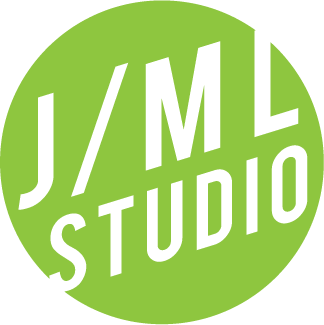As a hiring manager in the tech field, you probably have a lot of resumes to sift through. You might be tempted to look for candidates who have impressive credentials, such as degrees from prestigious universities, certifications from online courses, or portfolios full of AI-generated designs. But before you make a decision, let me ask you a question: do you really want a designer who relies on artificial intelligence or bootcamps to do their work, or do you want a designer who has a good eye for visual design and a natural instinct for creating engaging user experiences?
Don't get me wrong, I'm not saying that AI or bootcamps are bad. In fact, they can be very useful tools for designers to learn new skills, explore new ideas, and speed up their workflow. But they are not enough to make a great designer. A great designer needs more than just technical knowledge or software proficiency. A great designer needs a sense of aesthetics, a flair for creativity, and a passion for solving problems. These are qualities that can't be taught by a machine or a curriculum. They can only be developed by innate talent, experience, and a nurturing education.
Let me give you some examples of why you need a designer with a good eye (and not just a good AI).
- AI design tools are useful, but not complete. AI design tools, such as Adobe Sensei, Wix ADI, or Canva, can help designers generate layouts, logos, or graphics based on some inputs or preferences. They can save time and effort, and sometimes produce surprising results. But they can also be limited, generic, or inconsistent. They can't capture the nuances, emotions, or contexts of the design problem. They can't understand the user's needs, goals, or expectations. They can't create a seamless user experience that is intuitive, engaging, and delightful. That's why you need a designer who can use AI as a tool, not a crutch. A designer who can evaluate, refine, and customize the AI-generated designs to suit the specific project and audience. A designer who can add their own touch of personality, originality, and elegance to the design.
- Bootcamps are good for learning how to use specific applications, but can't teach instinct or visual design. Bootcamps, such as General Assembly, Springboard, or Designlab, can teach designers how to use popular design applications, such as Sketch, Figma, or Adobe XD. They can also teach them the basics of design principles, such as color, typography, or hierarchy. They can provide them with feedback, mentorship, and networking opportunities. But they can't teach them how to have a good eye for visual design. They can't teach them how to develop a natural instinct for creating engaging user experiences. They can't teach them how to be creative, innovative, or empathetic. These are skills that can only be honed by practice, experimentation, and observation. That's why you need a designer who has a good eye for visual design. A designer who can create beautiful, functional, and user-friendly designs that stand out from the crowd. A designer who can balance form and function, art and science, logic and emotion.
So, the next time you are looking for a designer, don't just look at their credentials, look at their portfolio. Look for designs that show a good eye for visual design and a natural instinct for creating engaging user experiences. Look for designs that are not only technically sound, but also aesthetically pleasing, emotionally appealing, and contextually relevant. Look for a designer who can use AI or bootcamps as a means to an end, not an end in itself. Look for a designer who can make your products and services not only usable, but also desirable.
Trust me, you won't regret it.



